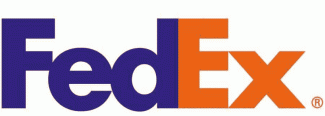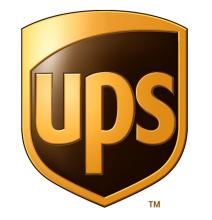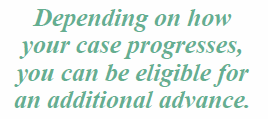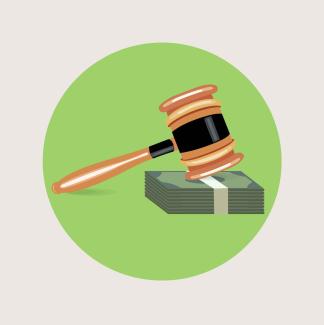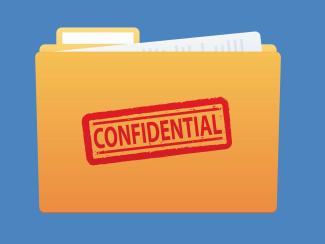What it costs to borrow against a lawsuit can be a complicated question because there are numerous variables involved. The question most often asked is: “what do you charge?” From our experiences, the better question to ask is if I borrow X what will I have to pay back over certain periods of time. For example, what will I have to pay back after 6 months, 1 year, 2 years, etc.?
Each funding company charges fees in different ways. Some fees are based on daily, monthly, or semi-annual increments; while others charge a flat fee regardless of when the case is resolved.
When comparing different pre-settlement funding offers, it is prudent to ask two questions. The first is the rate. The rate refers to the percentage fee being charged to the amount you are advanced. The second question is for how long a period that rate is for. For example, a funder may charge X% rate each month, while another may charge Y% rate for a 3 month period.
In most cases, there are 2 different methods of calculating the fees. Fees can be charged with either a simple rate or a compounding rate. With a simple rate, the fees are the same for each period of use. While with the compounding rate, the fee becomes larger the longer the advance is outstanding.
- Simple rate: For example, assuming no other fees are involved, if you took an advance of $3,000 and the fee was 18% simple every six months, then the fee would be $540 every six month period until the advance is repaid. If the case was resolved within 1 year the balance owed would be $4,080.00. If the case was still not settled after 1 year, the fee would increase by the same $540.00 for each 6 month period thereafter. The payoff is calculated by taking the original $3,000.00 advance and adding up how many six month periods of $540.00 the advance has been out for.
- Compounding rate: For the same example, but a compounding rate, the fees you are charged would become larger over time. Therefore, if you took an advance of $3,000 and the fee was 18% compounded every six months, the fee would increase each period until the advance was repaid. If the case was resolved within 1 year the balance owed would be $4,177.00. To calculate the payoff, take the original $3,000.00 advance plus a $540.00 fee for the 1st six month period, plus a $637.00 fee for the 2nd six month period. The 2nd period fee is larger because now the 18% fee is on $3,540.00, not the original $3,000.00.








